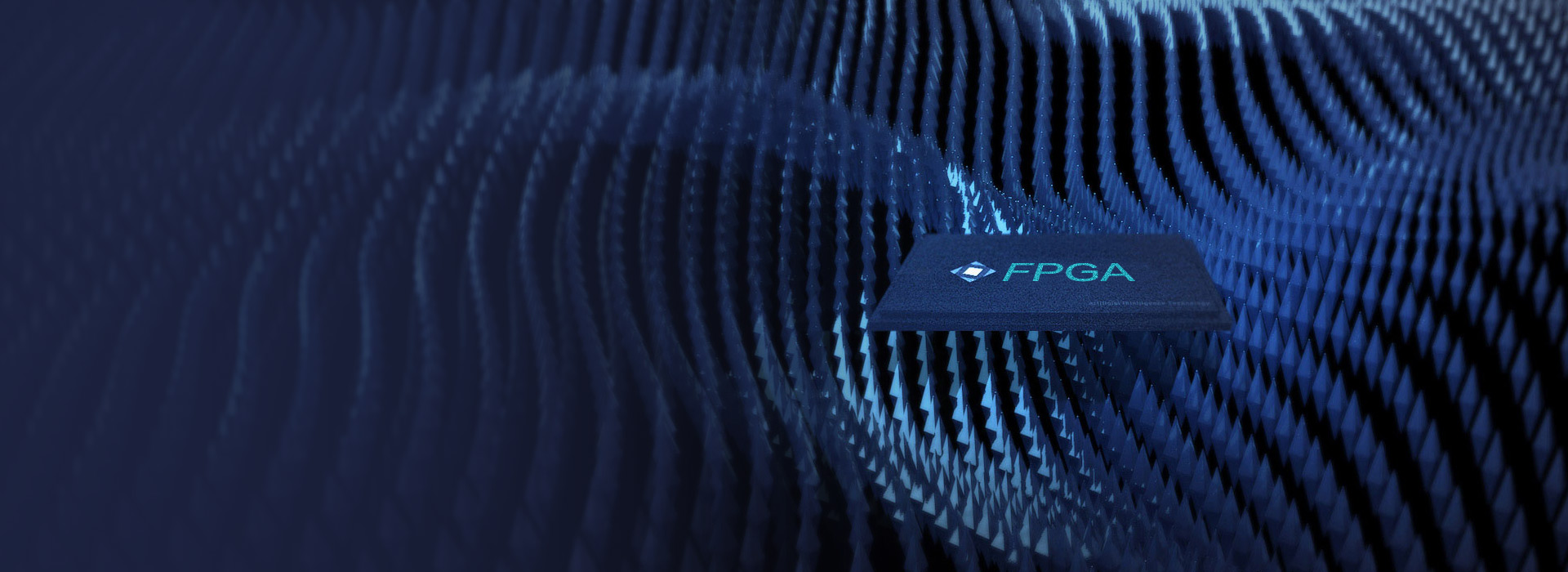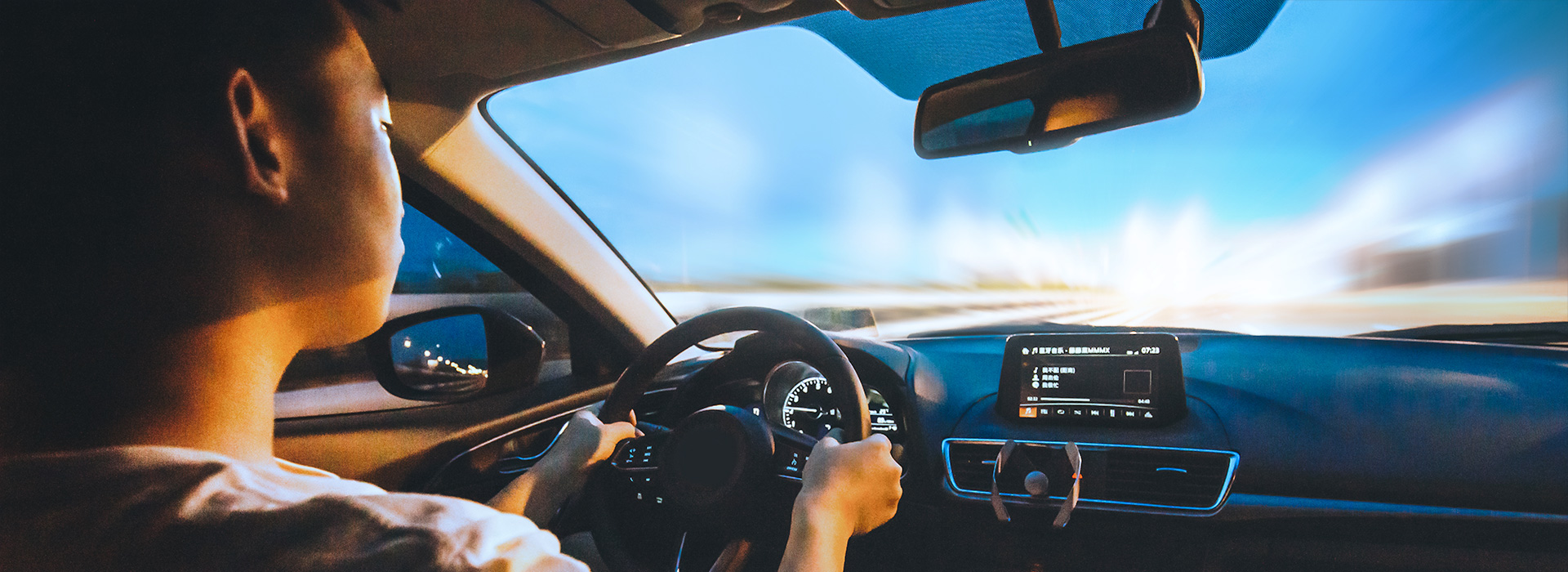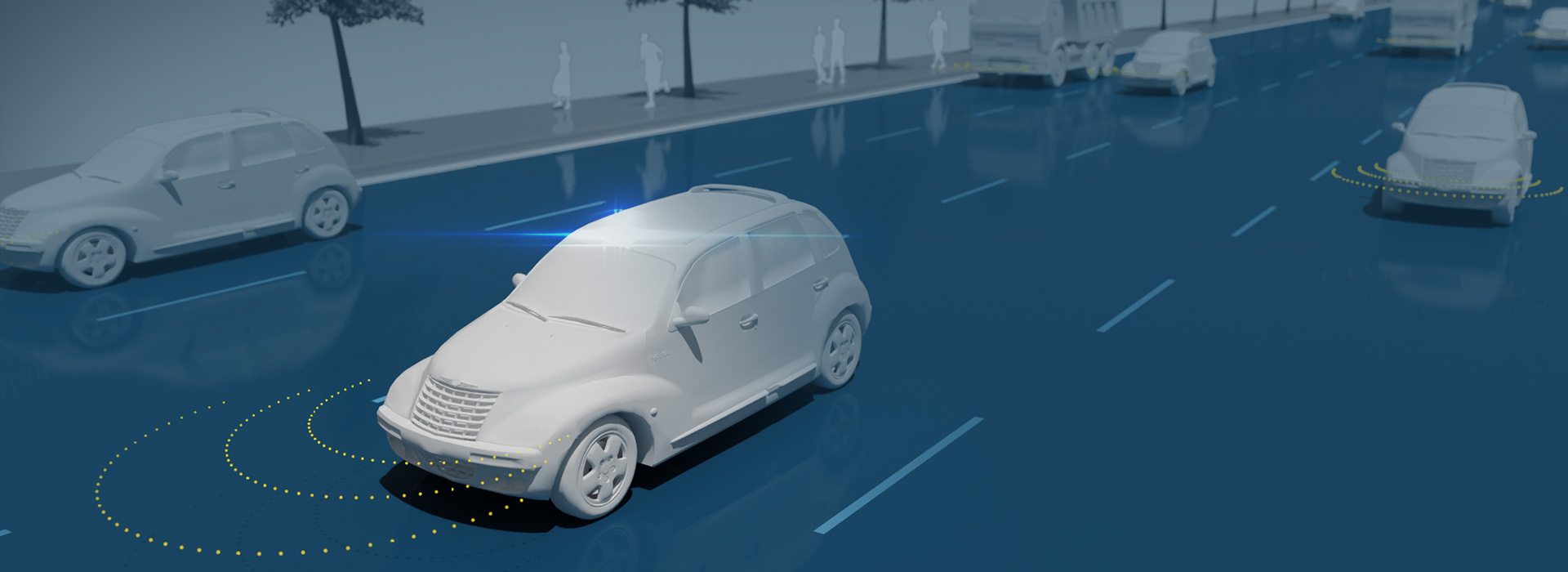
· Deep learning can form more abstract high-level features (or attribute categories) by combining low-level features, and can realize the approximation of complex functions with a simple network structure.
· Compared with traditional machine learning algorithms, deep learning does not require manual design of feature operators, and can automatically learn features from large amounts of data and classify and judge them.
· Autocruis applies a variety of network architectures represented by CNN to ADAS products to complete and integrate key tasks such as target detection, semantic segmentation, and trend prediction.

Make full use of the parallel resources inside the FPGA to realize CNN parallel acceleration optimization and optimization of neural network weight precision
Large-scale neural network embedding is achieved using a customized BNN network and a modular FPGA architecture

Highly optimized compressed PSPnet for 30fps road semantic segmentation and target detection
High-order polynomial fitting to achieve high detection rate, high-precision, multi-lane identification lane line detection

Autocruis is the first company in China to adopt deep learning technology to achieve driver status monitoring and identification.
It can maintain the robustness and high precision of detection in extreme environments,
such as facial occlusion, eyeglasses, and excessive head deflection. Dark glare, side light, backlighting, etc.

The technology deeply integrates the camera and millimeter wave radar, so that the image and radar data can participate in the operation at the same time, which can overcome the limitation of single sensor, enhance signal redundancy, and improve the accuracy and robustness of detection.

Using visual features to construct 3D maps, using high-precision maps and combined inertial data to comprehensively correct positioning, and double certification to improve the safety of autopilot systems.